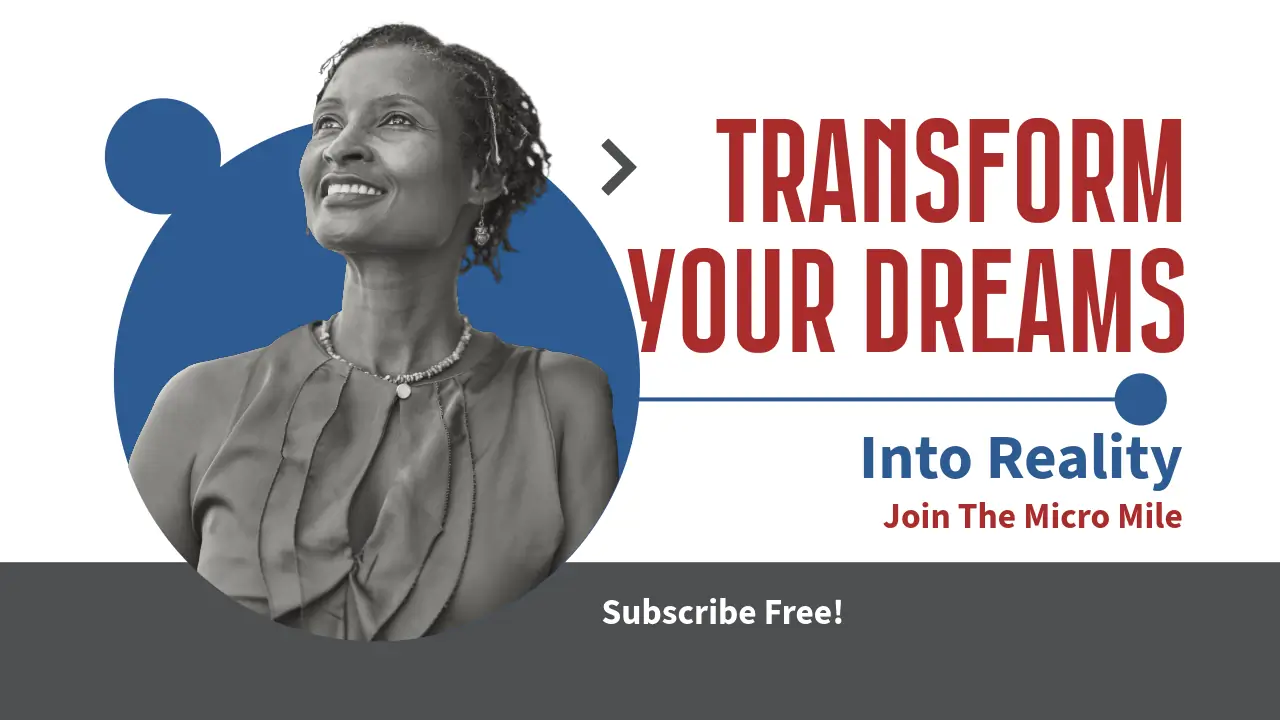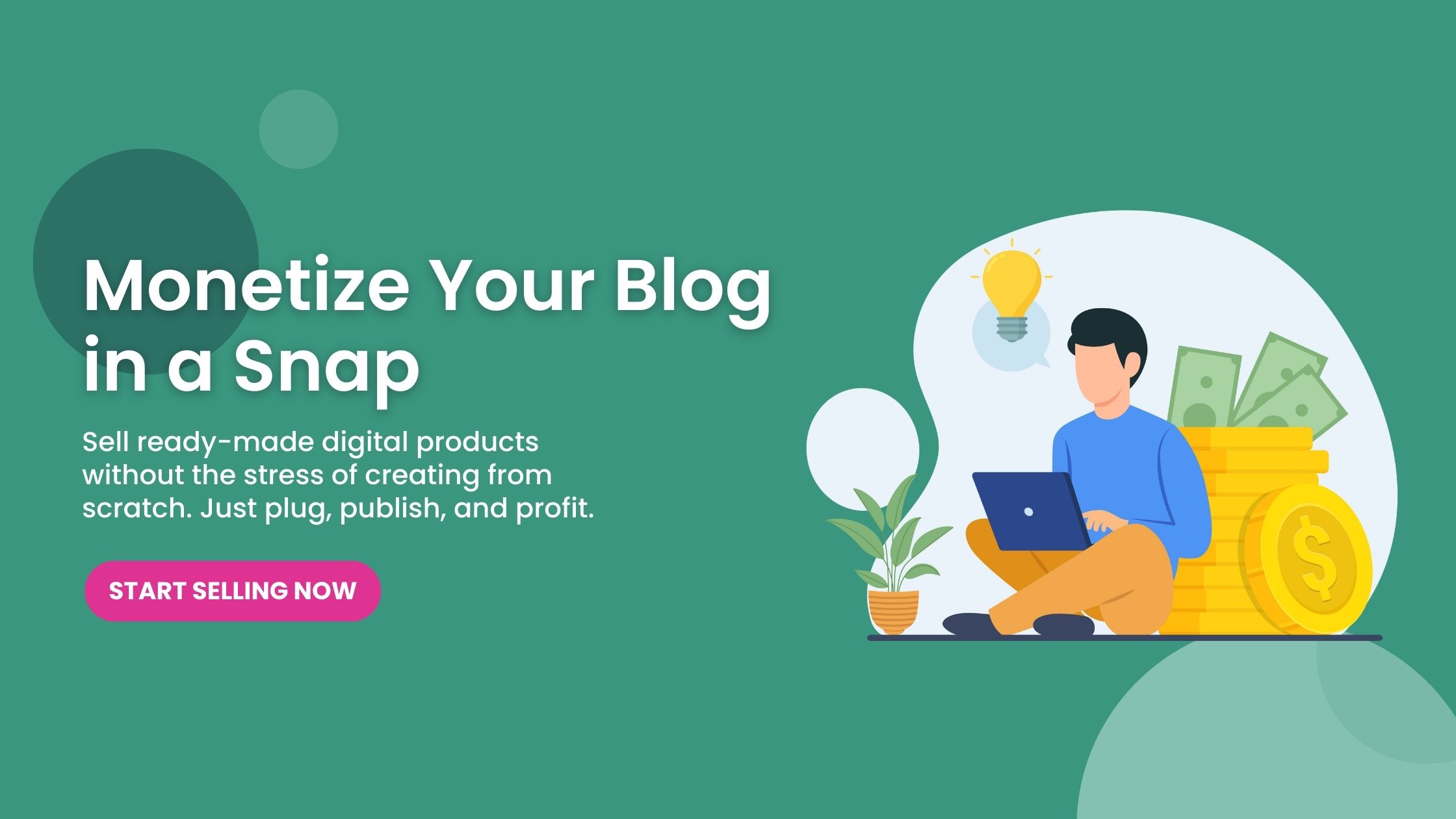Find Your Unique Voice
Identifying Your Passion
When I first set out to start my blog, the biggest challenge was finding that unique voice. I realized it all boiled down to passion. Think about what truly excites you—whether it’s travel, tech, fashion, or something niche. It’s not just about picking a popular topic; it’s about reflecting on what fuels your enthusiasm. Trust me, when you write about something you love, it shines through in every word.
Next, spend some time jotting down ideas. What stories do you want to tell? What experiences and insights can you share with the world? Brainstorming is key. Don’t be afraid to explore different angles. Writing should feel like a journey, and starting from your passion makes it an enjoyable one.
Lastly, remember, your voice doesn’t need to be like anyone else’s. Embrace your quirks and idiosyncrasies. That’s what makes your storytelling refreshingly original. Your readers will connect with the authenticity you bring to your content.
Develop Your Personal Brand
After solidifying my voice, the next step was to navigate the waters of personal branding. Your brand is more than just a logo or a catchy name—it’s how your audience perceives you. I found that consistency is crucial here. When my readers see a specific style or tone in my posts, it builds familiarity and trust.
Consider how you want to position yourself in your niche. What do you want people to associate with your blog? Perhaps you want to be seen as the go-to expert, the relatable friend, or the adventurous spirit. Before you launch, clarify this vision. It’s a big part of how you’ll communicate with your audience going forward.
And let’s not forget about visuals! Choose a theme for your blog that reflects your personality. Whether it’s clean and minimalistic or vibrant and eclectic, your blog design should reinforce your brand identity.
Engaging with Your Audience
Engagement is such a crucial aspect of blogging. I remember the first few comments I received on my posts were so thrilling! It’s the beginning of a dialogue. Encourage your readers to leave comments and share their thoughts. Ask questions within your posts to spark discussions. It’s about building a community rather than just broadcasting information.
Utilize social media to interact with your audience. Share snippets of your posts and encourage followers to check them out. It instantly creates a two-way street. I often discover new topics or viewpoints by listening to what my audience shares with me—sometimes they’ve got the best ideas!
Don’t shy away from responding to comments and feedback. Building relationships with your readers fosters loyalty. They’re not just numbers; they’re people who are genuinely interested in what you have to say. Appreciate their contributions, and they’ll feel valued.
Creative Storytelling Techniques
Crafting Compelling Narratives
One of the biggest lessons I learned in blogging is the power of storytelling. Instead of delivering facts, I strive to weave narratives that resonate with emotions. A good story sticks with people, even after reading. Think about personal anecdotes or experiences that relate to your topic. People love relating to real-life scenarios.
Use the classic story arc—introduction, conflict, resolution. It keeps your readers on the edge of their seats. Start with a hook, delve into the challenges, and wrap up with a resolution or takeaway. This structure makes your posts much more engaging and memorable.
And don’t forget about dialogue and visuals. Infusing conversation into your stories can bring them to life. Using photos or videos that complement your narrative adds another level of depth. A well-placed image can enhance the emotional impact of your story!
Utilizing Multimedia
In this digital age, it’s essential to embrace various forms of content. I found integrating multimedia—like videos, infographics, or podcasts—into my blog helped me appeal to a broader audience. Not everyone prefers reading long texts; some are visual learners, while others may prefer audio content.
For example, if I’m sharing a travel experience, a quick video recap can captivate viewers who might not want to read an entire post. Don’t hesitate to experiment with different formats. You never know what might resonate with your audience.
Just remember, quality matters! Ensure that every piece of multimedia you share enhances the experience and aligns with your brand’s message.
Incorporating Feedback for Improvement
As I started growing my blog, one thing became clear: feedback is an invaluable resource. Listening to my audience’s thoughts and suggestions has helped me refine my writing and approach. I often encourage them to share their opinions through polls or direct questions in my posts.
Analyzing comments and engagement metrics can reveal what works and what doesn’t. For instance, if a particular topic generates buzz, it’s worth exploring further. This iterative process of improvement ensures my content remains relevant and engaging.
Moreover, don’t take criticism negatively. View it as an opportunity to grow and better connect with your readers. It’s easy to get attached to your work, but being open to constructive feedback allows you to evolve as a storyteller and a blogger.
Consistency is Key
Setting a Posting Schedule
One of the best tips I can share is to establish a consistent posting schedule. When I first started, I was all over the place; some weeks I’d post four times, and other weeks not at all. But I quickly learned that consistency builds anticipation among readers. They want to know when to expect new content!
Creating a content calendar can help with organization and planning. List out topics you want to cover and decide how often you wish to post. It creates a roadmap and helps prevent writer’s block. Plus, when you’re planned out, it takes a lot of the pressure off.
Of course, life gets busy sometimes. Don’t hesitate to plan ahead—draft a few posts when you’re feeling inspired. You can save them for weeks when you’re busy and may not have the time or energy to write.
Building a Community
Part of being consistent isn’t just about posting regularly; it’s about nurturing that community. Encourage your readers to connect with you, whether through social media or email. I’ve made some of the best connections that started as online interactions, and these relationships have truly enriched my blogging experience.
Host events or challenges that foster engagement. It could be something as simple as a monthly theme that inspires everyone to write and share their stories. Collaborate with fellow bloggers or creators; it broadens your reach and exposes your community to fresh perspectives.
And remember, engagement goes both ways. Make it a priority to actively participate in other blogs or forums related to your niche. Supporting others not only helps build those bonds but also highlights your commitment to your community.
Measuring Your Success
Lastly, let’s talk about measuring success. I realized that success looks different for every blogger. For some, it might be increased traffic; for others, it’s about making meaningful connections. Setting goals can help you gauge your progress. I often write down what I hope to achieve within specific time frames—whether it’s boosting follower count or launching an e-book.
Utilize analytics tools to help track your performance, but don’t get too caught up in the numbers. Focus on the bigger picture instead. Quality engagement over quantity; it’s about making an impact, not just increasing those views.
Regularly reflecting on your goals and how they evolve is key. Celebrate small victories and adjust your approach as necessary. After all, the journey of blogging is all about learning and growing!
FAQ
1. What is the first step I should take when starting a blog?
The first step is to find your unique voice and passion. Reflect on what you love and what you want to write about. Your enthusiasm will shine through your content.
2. How often should I post on my blog?
It’s beneficial to establish a consistent posting schedule that you can realistically maintain. Whether it’s once a week or once a month, consistency is key to building readership.
3. How can I engage with my audience effectively?
Engagement comes from actively interacting with your readers. Encourage comments, respond to them, and run polls or questions within your posts to spark discussions.
4. What types of content should I include in my blog?
Mix up your content with stories, images, videos, and infographics. Different formats appeal to different types of learners and can help reach a wider audience.
5. How do I measure the success of my blog?
Success can be measured in various ways, including traffic, engagement, and relationship-building. Choose your metrics based on your goals, and don’t forget to celebrate small wins!



